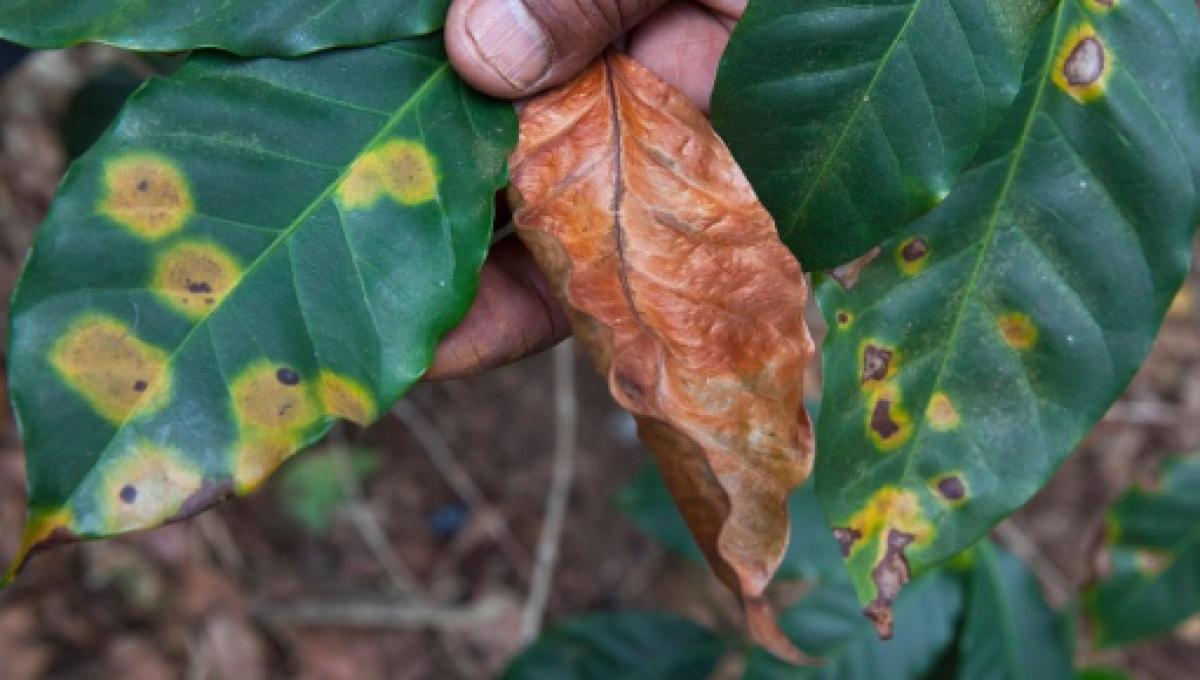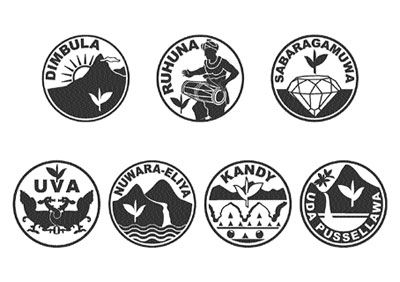Which country was Sri Lanka's colony? which country is Ceylon black tea? which brand is good?
There are four major black tea producing countries in the world, namely, China, Darjeeling, Sri Lanka and Kenya.
Today, let's talk about Sri Lanka.
Sri Lanka is located in the Indian Ocean in the southeast of the Indian subcontinent and covers an area of 6.56 square kilometers.
Sri Lanka was once a British colony. Before 1972, the country of Sri Lanka was called Ceylon. It was famous for its high quality Ceylon black tea and was sought after by black tea lovers all over the world.
Today, Sri Lanka has become the fourth largest black tea producer in the world, producing 320000 to 340000 tons of black tea a year, accounting for 7 percent of the world's tea output. The annual export volume of black tea has reached 300000 tons, accounting for 22 percent of the global tea exports. It is the second largest black tea exporter in the world, and its products are exported to more than 100 countries and regions.
Today, with such achievements in Sri Lanka, you may not know that Sri Lanka grew coffee before planting tea trees. According to a report published in the gardener's Chronicle and the Agricultural Bulletin on November 6, 1869, there were three footnotes and an illustration. The report, written by M.J. Berkeley and his assistant C.E. Broome, identified a new species, a fungus, on the island of Sri Lanka.

However, growers in Sri Lanka know very little about plant diseases, causing the infection of this fungus to get out of control on the island. Even if the infected coffee plants are uprooted, the plants next door are also found to be infected one after another. Spores of coffee leaf rust fungi are also blowing through every inch of the soil in Sri Lanka with the monsoon air. Soon, all the coffee plants on the island were infected with coffee leaf rust and were deeply affected by it, completely destroying coffee production in the entire Old World. The owners of the manors on the island also had to face the fact that they uprooted all the coffee plants in their estates and planted tea trees instead.
Today, the main tea-producing areas in Sri Lanka are named and managed by the Sri Lankan Tea Bureau, a subsidiary of the planting Department of the Sri Lankan Government.
According to the different climatic conditions in different parts of Sri Lanka, the Sri Lankan Tea Bureau strictly divides the tea producing areas of Sri Lanka into seven producing areas, each of which defines a specific planting area, and the black tea produced has specific regional quality characteristics.
The seven main tea production areas are: Kandi, Timbura, Uwa, Udapu Salawa, Nuvalaelia, Luhana and Sabalagamuwa. Each tea area is subdivided into small tea areas. There are about 750 tea farms in Sri Lanka, which are distributed in these seven tea areas.
The Sri Lankan Tea Bureau applied and promulgated the geographical indications and management regulations of each tea area, marking the name of the tea producing area on the product to implement strict control and management. Only the tea products that truly comply with the regulations of the producing area and are planted, processed and registered in the producing area can be marked with the name of the producing area.

Various tea areas in Sri Lanka are carefully planted with ancient Chinese tea varieties, Indian Assam tea varieties and hybrid varieties cultivated by Sri Lankan scientists, as well as modern Cenozoic clonal tea varieties. tea varieties with their own characteristics grow together in a variety of tropical monsoon climate.
Due to the different agricultural climate, each region has formed Ceylon black tea with its own unique flavor in the seven major tea regions of Sri Lanka. Among them, "Wuwa black tea", one of the three high-flavor black teas in the world, and "Nuvalaelia black tea", which is famous for its champagne, are the most famous.
From the administrative point of view, the Kandi and Nuvalaelia tea areas belong to the central province, the Uwa tea area belongs to the Uwa province, the Timbra tea area belongs to the central province and Sabalagamuwa province, the Ratnapura and Kaigler tea areas of the Luhana tea region belong to Sabalagamuwa province, the Gaal, Matala and Murkirigra tea areas of the Luhana tea region belong to the southern province, and the Udapserrava tea region spans the central province and Uwa province. Sabaragamuwa tea area belongs to Sabaragamuwa province.
Important Notice :
前街咖啡 FrontStreet Coffee has moved to new addredd:
FrontStreet Coffee Address: 315,Donghua East Road,GuangZhou
Tel:020 38364473
- Prev

Indonesia's coffee export business continues to be in the doldrums, with refugees in the country demonstrating by the Taliban.
Vaccine authorized for emergency use Indonesia has approved the Russian satellite V (Sputnik V) COVID-19 vaccine for emergency use, according to a statement issued by the Indonesian Food and Drug Administration (National Agency of Drug and Food Control) website on August 25. On Tuesday, August 24, the Food and Drug Administration of Indonesia
- Next

When is the best time to drink tea? in what season? what kind of tea is the best and most fragrant tea? green schedule.
For newcomers who discover the tea tree catalogue for the first time, it seems strange to have a range of ever-changing products. But it only takes a few drinks to feel the excitement of fresh tea picked directly from the garden. The taste of any kind of tea is the result of a variety of factors, including weather, field practice and handmade after picking. So every batch of tea from a single place of origin
Related
- What effect does Italian American coffee with filter paper have? Will coffee taste better if it is put on filter paper at the bottom of the powder bowl?
- What is the color difference in coffee beans? What are the characteristics of honey processed coffee beans? Why are the anaerobically treated coffee beans uneven in color?
- How does novice Xiaobai quickly get started and make coffee? Newbies learn to make coffee by hand and share the specific steps and process process!
- Costa tea has a shelf life of 100 years?! Expert: Unable to verify
- It's a huge uproar! American milk addition was rejected by Manner employees?!
- Mocha pot coffee bean recommendations| How fine and how much powder should be used for grinding? What parameter ratios do I need to use to make milk with Mocha pot coffee?
- What are the characteristics of the world's top ten coffee beans treated with Costa Rica honey? How to make black honey kadura from Tarazhu Pilon Processing Plant taste good?
- How to make deep-roasted coffee? What grinding water temperature does authentic Jamaica Blue Mountain No. 1 coffee use to brew it well?
- Selected high-grade rose summer coffee flavor tasting guide Why Panama rose summer has the aroma of flowers and fruits
- What equipment does a novice Xiaobai need to buy to learn to make coffee? Filter cup electronic scale bean grinder manual flushing pot purchase guide

